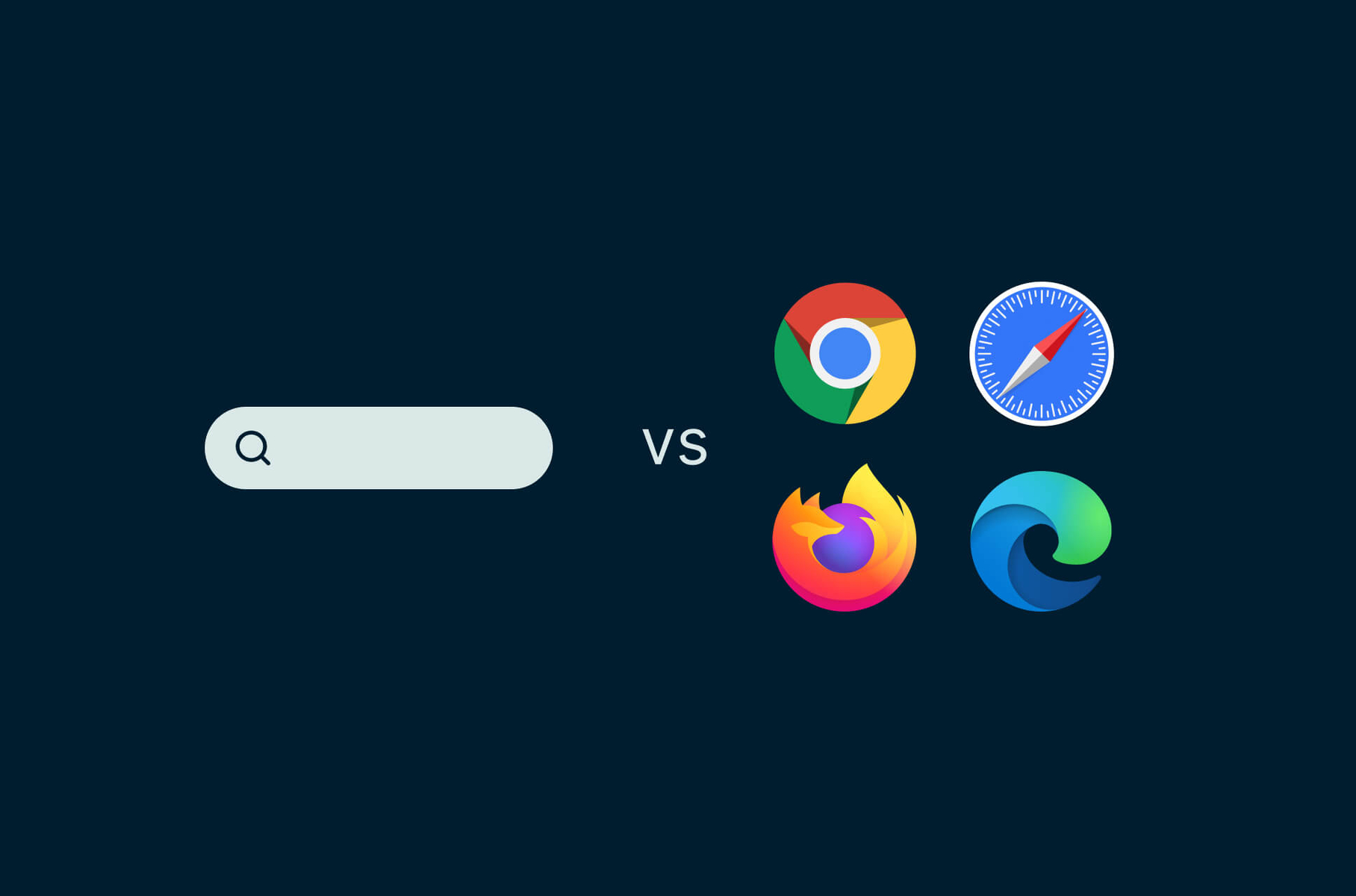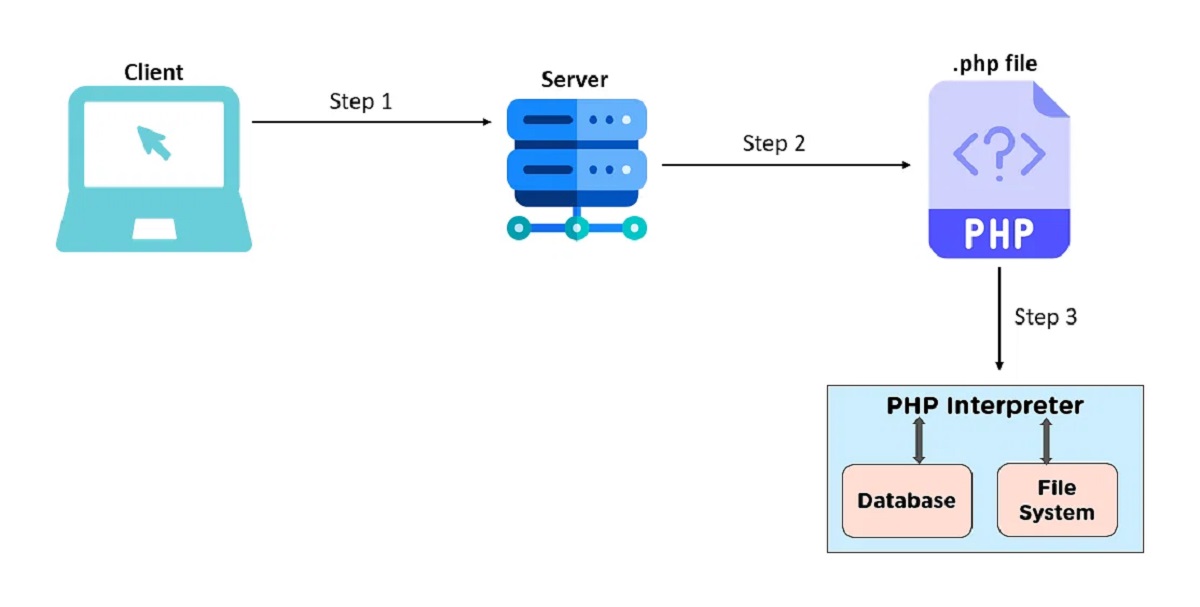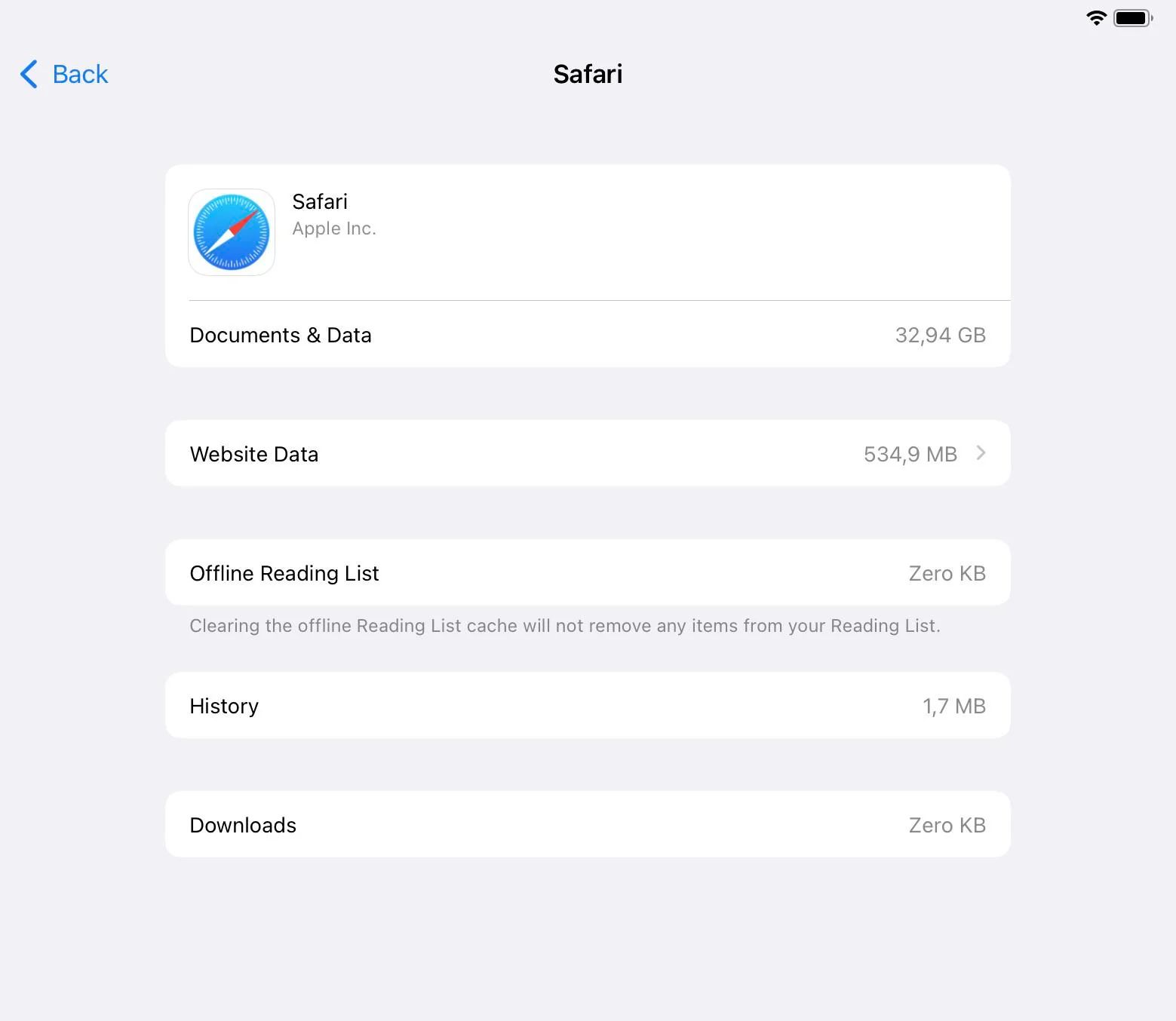Introduction
The web browser is an indispensable tool that has revolutionized the way we access and interact with information on the internet. It serves as a gateway to a vast array of online resources, enabling users to browse websites, access web applications, and consume multimedia content with ease. In the context of web database applications, the web browser plays a pivotal role in facilitating the seamless interaction between users and the underlying database systems.
As technology continues to evolve, web browsers have evolved from simple tools for displaying static web pages to sophisticated platforms capable of running complex web applications. With the advent of HTML5, CSS3, and JavaScript, modern web browsers have become powerful environments for executing dynamic and interactive web-based software. This transformation has significantly expanded the capabilities of web database applications, allowing for real-time data manipulation, rich user interfaces, and seamless integration with backend databases.
In this article, we will delve into the multifaceted role of web browsers in web database applications, exploring their functions, capabilities, and the critical considerations for ensuring the security and reliability of these applications. By gaining a deeper understanding of the pivotal role played by web browsers in web database applications, we can appreciate the intricate interplay between the frontend interface and the backend database, and the implications for user experience, data integrity, and security. Let's embark on a journey to unravel the inner workings of web browsers in the realm of web database applications, shedding light on their significance and the underlying mechanisms that drive their functionality.
Understanding the Web Browser
At its core, a web browser is a software application that enables users to access, retrieve, and display content on the World Wide Web. It acts as a mediator between the user and the vast network of web servers housing a myriad of information. When a user enters a web address or clicks on a hyperlink, the browser initiates a series of requests to retrieve the associated web resources, such as HTML documents, images, videos, and scripts, from the respective web servers.
Web browsers are equipped with rendering engines, which interpret and process the received web content to render it in a visually coherent and interactive manner. These rendering engines parse the HTML, CSS, and JavaScript code to construct the layout, style the elements, and execute dynamic functionalities, thereby presenting the web page as intended by the web developers.
In addition to rendering web content, modern web browsers incorporate a diverse set of features and capabilities to enhance the user experience. These include support for multimedia playback, advanced graphics rendering, offline caching, and the execution of complex web applications. Furthermore, web browsers often provide functionalities such as bookmarking, tabbed browsing, and extensions, allowing users to personalize their browsing experience and streamline their interactions with web-based resources.
Web browsers also play a crucial role in ensuring compatibility and adherence to web standards. They are designed to interpret and display web content in accordance with established standards set forth by organizations such as the World Wide Web Consortium (W3C) and the Internet Engineering Task Force (IETF). By adhering to these standards, web browsers strive to deliver a consistent and predictable user experience across different websites and platforms.
Moreover, the evolution of web browsers has led to the emergence of cross-platform compatibility, enabling users to access web content seamlessly across various devices and operating systems. This adaptability has been instrumental in fostering widespread accessibility and usability of web-based applications, including web database applications, on a global scale.
In essence, the web browser serves as a versatile and dynamic interface that empowers users to navigate the boundless expanse of the internet, interact with web applications, and harness the wealth of information and services available online. Its evolution from a basic content viewer to a sophisticated platform for executing complex web applications underscores its pivotal role in shaping the modern digital landscape. Understanding the inner workings and capabilities of web browsers is essential for comprehending their integral role in the realm of web database applications.
The Function of a Web Browser in a Web Database Application
In the context of web database applications, the web browser serves as the primary interface through which users interact with the underlying database system. Its functions extend far beyond merely displaying web pages, as it plays a pivotal role in enabling users to input, retrieve, manipulate, and visualize data stored in the database. Let's delve into the multifaceted functions of a web browser in the realm of web database applications:
-
Data Input and Retrieval: Web browsers provide a user-friendly environment for entering and retrieving data from web database applications. Through web forms and input fields, users can submit data to be stored in the database or query the database to retrieve specific information. This seamless interaction empowers users to actively engage with the database, facilitating tasks such as data entry, search queries, and data modification.
-
Dynamic User Interface: Modern web browsers leverage advanced technologies such as JavaScript, CSS, and HTML5 to create dynamic and interactive user interfaces for web database applications. This enables the presentation of data in visually compelling formats, facilitates real-time updates, and supports interactive data visualization, thereby enhancing the user experience and fostering efficient data interaction.
-
Client-Side Data Processing: Web browsers are capable of executing client-side scripts, allowing for the processing and manipulation of data within the browser environment. This functionality is leveraged in web database applications to perform tasks such as data validation, form submission handling, and dynamic content generation, reducing the reliance on server-side processing and enhancing the responsiveness of the application.
-
Integration with Backend Services: Web browsers facilitate seamless integration with backend services and APIs, enabling web database applications to communicate with the underlying database systems. This integration allows for the retrieval of real-time data, the execution of database transactions, and the synchronization of client-side data with the server, thereby ensuring the consistency and accuracy of the data presented to users.
-
Security and Data Privacy: Web browsers play a crucial role in enforcing security measures to protect the integrity and confidentiality of data in web database applications. They implement security protocols such as HTTPS, sandboxing of web content, and support for secure authentication mechanisms, safeguarding sensitive data from unauthorized access and potential security threats.
In essence, the web browser acts as a conduit for seamless data interaction, visualization, and manipulation within web database applications. Its multifaceted functions empower users to harness the capabilities of the underlying database system, fostering a dynamic and engaging user experience while ensuring the integrity and security of the data being accessed and manipulated. Understanding the pivotal role of web browsers in web database applications is essential for appreciating their impact on data-driven interactions and the evolving landscape of web-based software.
Security Considerations for Web Browsers in Web Database Applications
Security is a paramount concern in web database applications, as they involve the storage and manipulation of sensitive and critical data. The web browser, being the primary interface for users to interact with these applications, plays a crucial role in upholding the security of the data and mitigating potential vulnerabilities. Several key considerations must be taken into account to ensure the robustness and integrity of web database applications from a browser security perspective.
Secure Communication Protocols
Web browsers must support and enforce the use of secure communication protocols, such as HTTPS, to establish encrypted connections between the browser and the web server hosting the database application. This encryption helps protect the confidentiality and integrity of data transmitted between the browser and the server, safeguarding it from eavesdropping and tampering attempts by malicious entities.
Cross-Site Scripting (XSS) Mitigation
Cross-site scripting poses a significant threat to web database applications, as it allows attackers to inject malicious scripts into web pages viewed by other users. Web browsers need to implement robust XSS mitigation mechanisms, such as content security policies and input validation, to prevent the execution of unauthorized scripts and protect against potential data manipulation and theft.
Same-Origin Policy Enforcement
The same-origin policy is a fundamental security measure that restricts the interactions between web pages from different origins (domains). Web browsers enforce this policy to prevent unauthorized access to sensitive data across different domains, thereby mitigating the risk of cross-origin attacks and data leakage in web database applications.
Secure Storage and Handling of Credentials
Web browsers play a critical role in securely storing and handling user credentials, such as login credentials and session tokens, when accessing web database applications. They should employ secure storage mechanisms, such as browser storage APIs and secure HTTP-only cookies, to prevent unauthorized access to user authentication data and mitigate the risk of credential theft.
Protection Against Clickjacking and UI Redressing
Clickjacking and UI redressing attacks can deceive users into performing unintended actions or disclosing sensitive information. Web browsers need to implement measures, such as frame-busting scripts and X-Frame-Options headers, to mitigate the risk of clickjacking and UI redressing attempts, thereby safeguarding the integrity of user interactions within web database applications.
By addressing these security considerations, web browsers can effectively contribute to the overall security posture of web database applications, ensuring the confidentiality, integrity, and availability of the data being accessed and manipulated. It is imperative for web developers and browser vendors to collaborate in implementing and adhering to robust security measures, thereby fortifying the resilience of web database applications against evolving security threats and vulnerabilities.
Conclusion
In conclusion, the web browser serves as the linchpin of web database applications, orchestrating the seamless interaction between users and the underlying database systems. Its evolution from a basic content viewer to a dynamic platform for executing complex web applications has redefined the landscape of data-driven interactions on the internet. By providing a user-friendly interface for data input, retrieval, and visualization, web browsers empower users to actively engage with web database applications, fostering a dynamic and immersive user experience.
The multifaceted functions of web browsers in web database applications, including dynamic user interface creation, client-side data processing, and seamless integration with backend services, underscore their pivotal role in shaping the accessibility and usability of data-driven software. Furthermore, the emphasis on security considerations, such as enforcing secure communication protocols, mitigating cross-site scripting vulnerabilities, and safeguarding user credentials, highlights the critical role played by web browsers in upholding the integrity and confidentiality of data in web database applications.
As technology continues to advance, web browsers will continue to evolve, introducing new capabilities and features that further enhance the functionality and security of web database applications. It is imperative for web developers, browser vendors, and security practitioners to collaborate in implementing and adhering to robust security measures, thereby fortifying the resilience of web database applications against evolving security threats and vulnerabilities.
By gaining a deeper understanding of the pivotal role of web browsers in web database applications, we can appreciate the intricate interplay between the frontend interface and the backend database, and the implications for user experience, data integrity, and security. As we navigate the ever-expanding realm of web-based software, the significance of web browsers in facilitating data-driven interactions cannot be overstated. They stand as the gateway to a world of information, services, and applications, shaping the digital landscape and empowering users to harness the power of data in unprecedented ways.

























